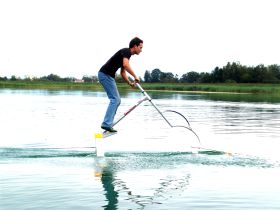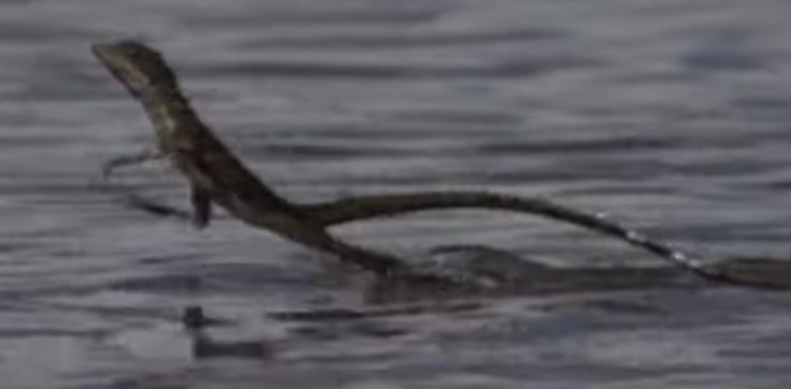We know a human cannot run on water, but could a much stronger and faster animal?
This viral video shows a moose running across a body of water:
https://www.youtube.com/watch?v=K5-0d00hV1c
Some say the video is fake. Others think the water must be shallow. We probably won't resolve these issues here.
My question is: could this actually happen (in deep water)?
I imagine that in theory, a sufficiently strong animal could kick the water really hard and if it moved across the surface really fast, it could stay above the water.
But could a real animal with a moose's strength and weight do it?




